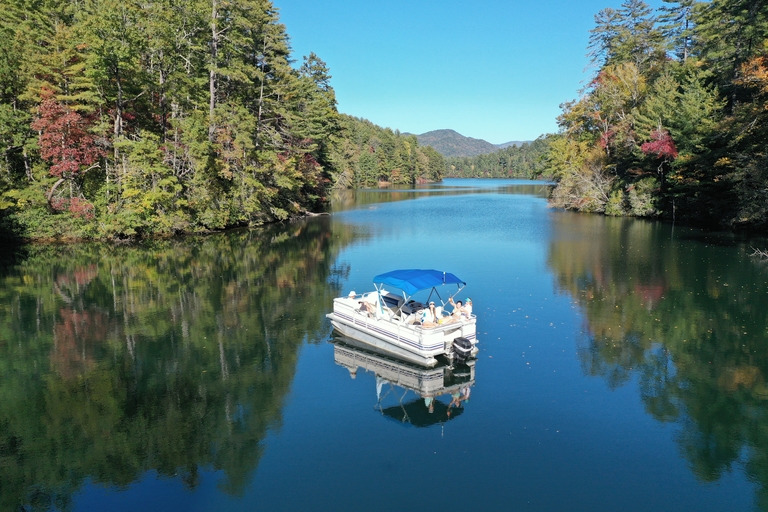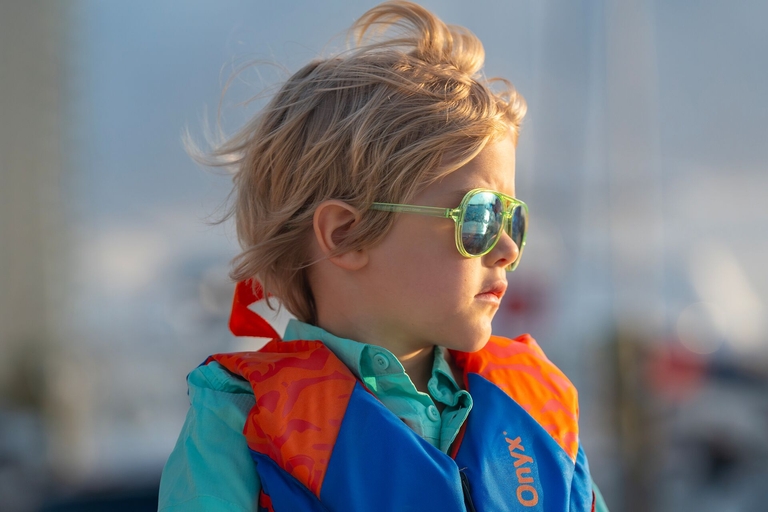What to Do When Someone Falls Overboard
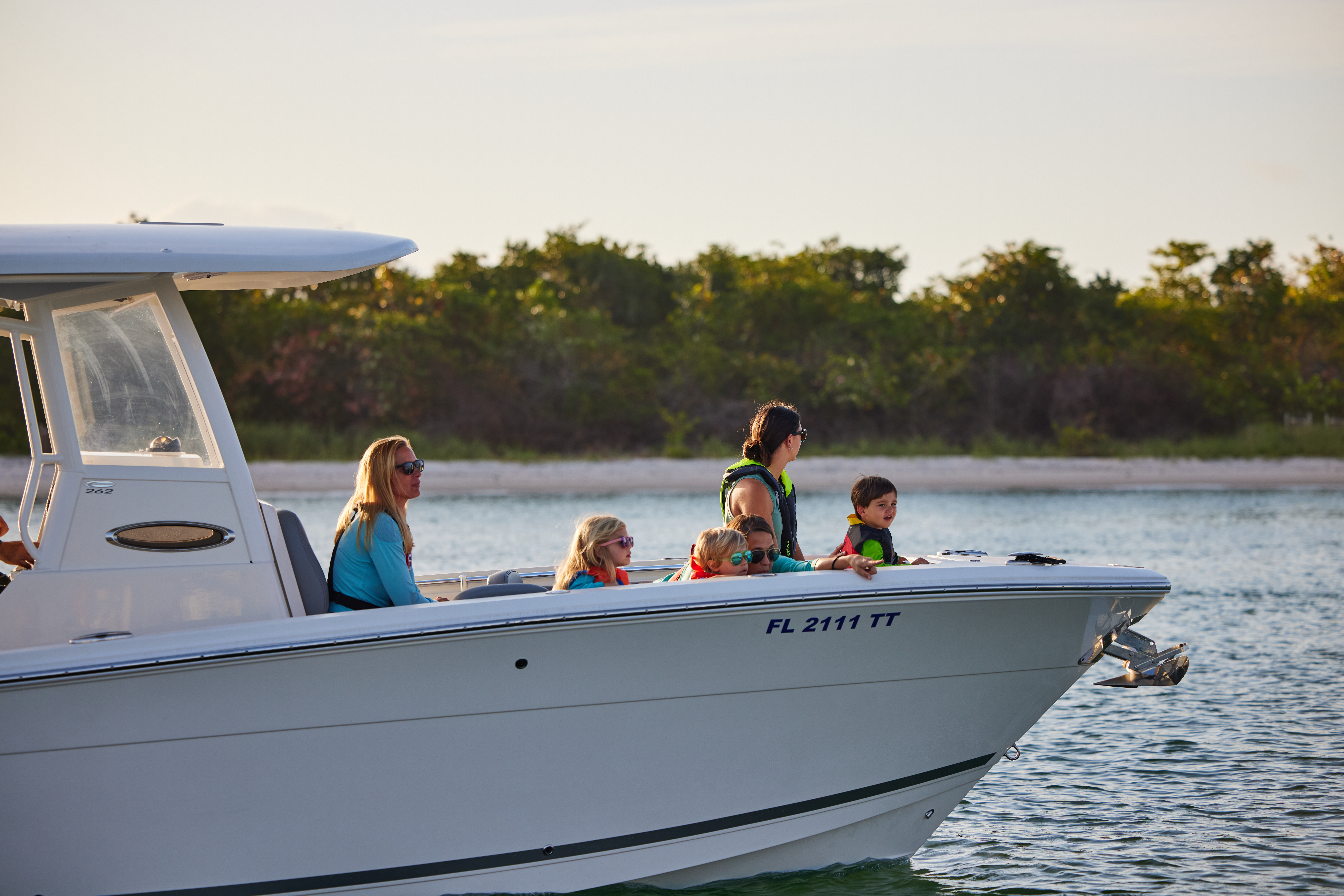
When someone on your boat falls overboard, you need to act quickly.
That can be easier to do when you're prepared and understand how to help someone in the water.
Remaining calm and composed is critical to saving someone efficiently, so it's vital that you know what to do when someone falls in.
The first step to getting them back into the boat is to designate a spotter to keep their eyes on the person. If you have an alert system to signal that someone has fallen in, that should be activated, too.
Also, stop the boat's engines right away. This reduces the chance of a propeller accident. After you've done these things, here's what's next.
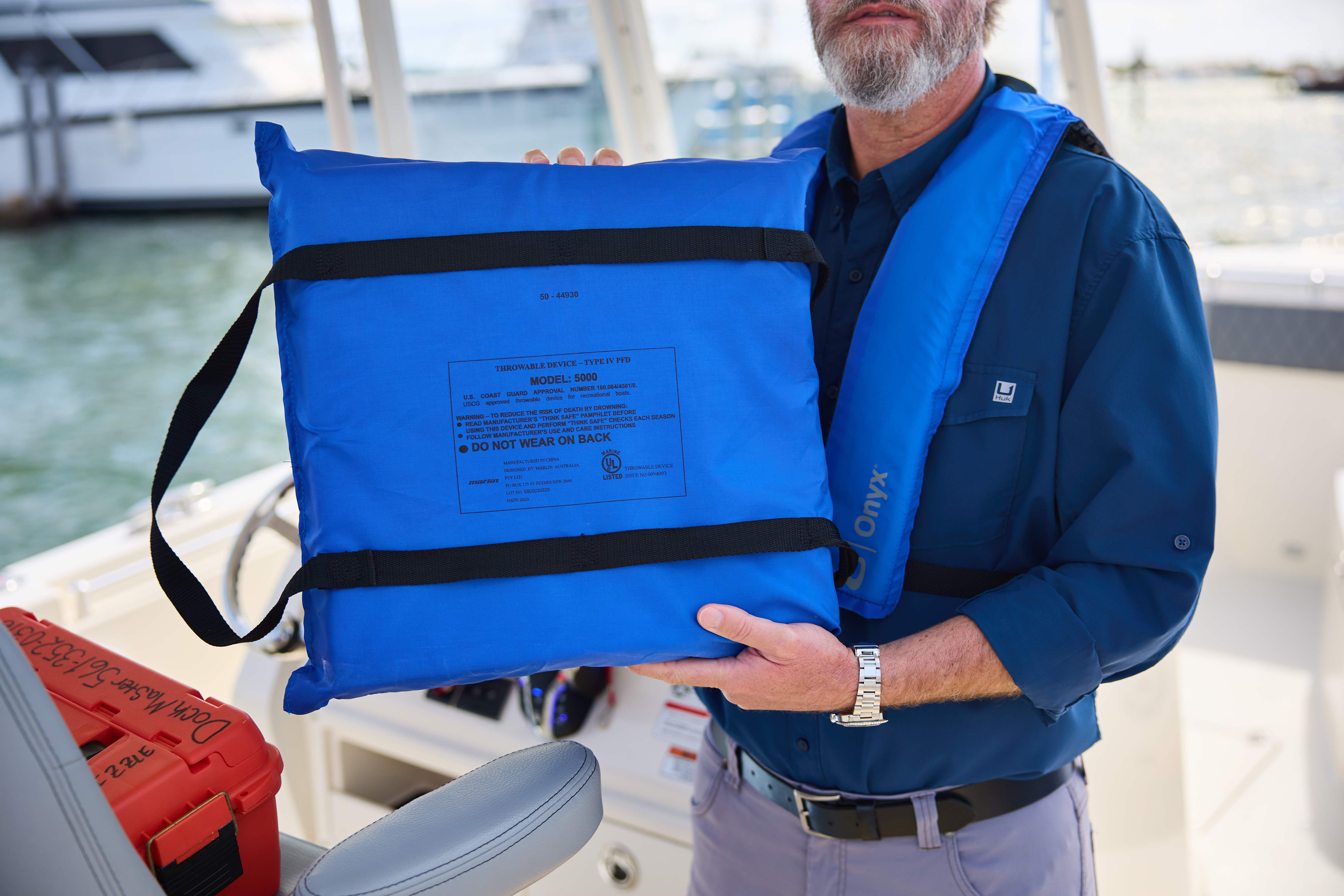
Throw, Don't Go
Your instinct might be to dive in and try to save the person, but that's extremely dangerous and puts another person in the water to be rescued.
Instead, remember the principle of "reach, throw, don't go."
You want to throw a rescue line or lifebuoy flotation device to the person, giving them something to grab onto and keep themselves afloat. Make sure everyone who's on your boat understands how to throw and use these for increased safety.
You Need Good Communication and Coordination
Rescue efforts are much easier to handle when they're properly organized. By assigning specific tasks to each crew member, you can maintain an organized response to the rescue situation.
Use a marine VHF radio, cell phone, or other communication device to issue a distress call. This can alert other vessels nearby to your situation and notify the Coast Guard.
Don't forget to continue communicating with the person in the water, too. That helps provide reassurance and get more information about their condition at the same time.
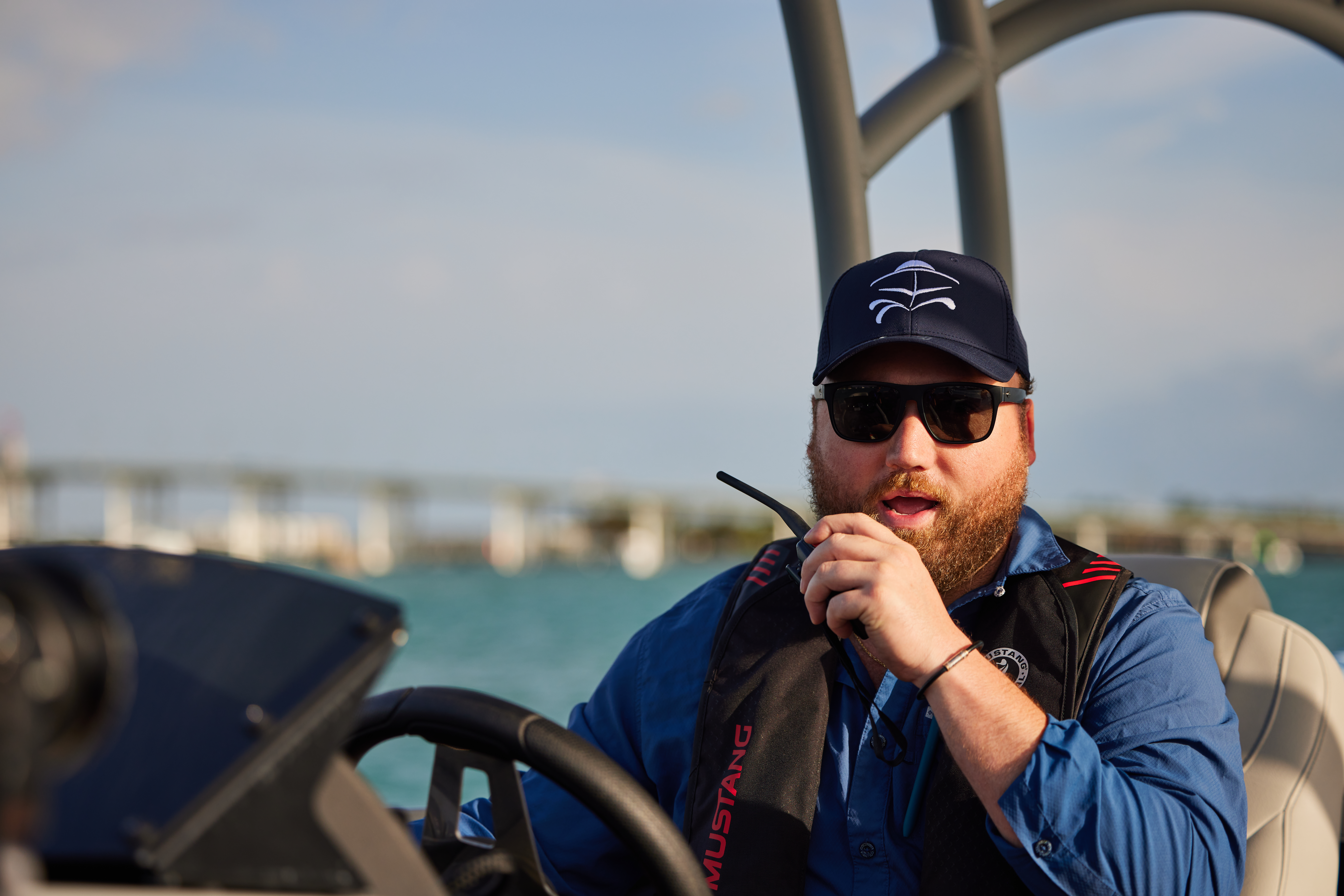
Maneuvering the Boat
Turning the boat around to ensure efficient access to the person matters, but it has to be done right to avoid running over the person in the water.
A Williamson turn is often the best option. To make this turn properly, you turn the wheel hard to the side where the person fell overboard.
Once your vessel is 60 degrees from its original course, you turn the wheel hard to the opposite side. As you come around to 20 degrees from your desired reciprocal course, you'll adjust to midships and keep your course. Ideally, this will bring you around in a relatively tight loop that will put you back beside the person in the water.
Of course, other issues sometimes affect how well you can execute this maneuver or whether a different course path would be better. Consider things like wind direction and current conditions when planning your approach for the highest chance of success.
The Water Recovery Process
Recovering a person from the water can be delicate and complex, and how you'll go about it can depend on their overall physical condition, the injuries they might have sustained when falling in, the weather conditions, what kind of rescue device they have, and other factors.
It's not always as simple as pulling them back toward the boat and up and over the edge, although that does work in many cases. If you have a reboarding device, you'll want to deploy that to help them get out of the water.
Without this option, carefully bring them close to the edge of the boat and then gently pull them over the side. Get help to do this, which will reduce the risk of injury to you and the person you're rescuing.
For someone injured or unable to be pulled into the boat, waiting on assistance from another vessel or even the Coast Guard may be necessary. That's why it's essential to put out a distress call immediately so that the response time will be faster and the person can be rescued as quickly as possible.
Seeking Medical Attention
Boating accidents can turn into tragedies, especially if the person who fell overboard doesn't get medical attention. Even if they don't seem injured, there could be hidden internal damage or other issues.
Please don't wait to take them to shore and seek medical guidance.
They could be at risk of a serious medical issue such as secondary drowning, where they've inhaled water that irritates their lungs. This causes pulmonary edema, where the lungs fill with fluid, making breathing hard and quickly becoming a life-threatening problem.
Additionally, they should be evaluated for issues such as shock and hypothermia, especially if the water temperature is cold or they were in the water for a long time.
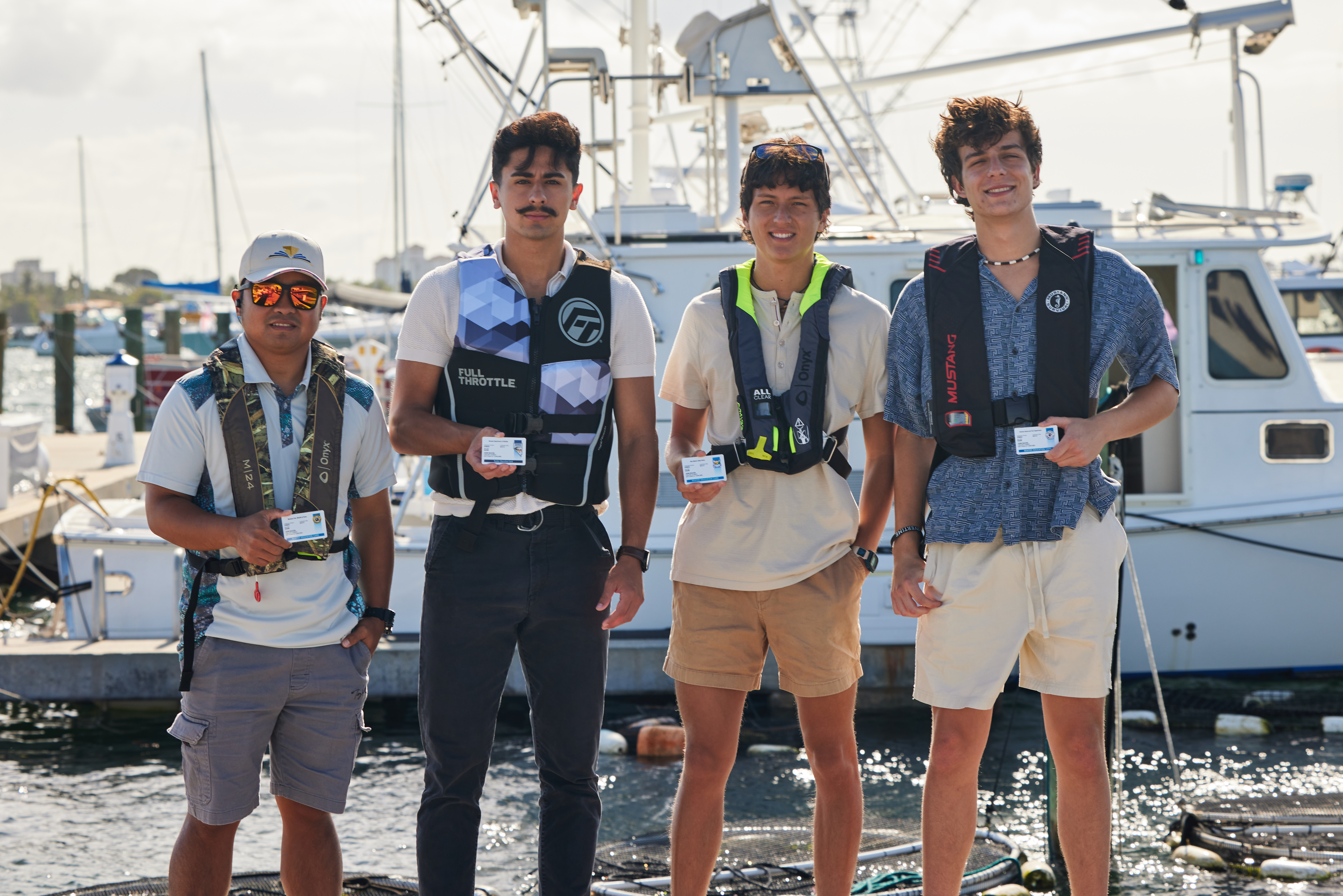
A Boating Safety Course Helps Reduce Accident and Overboard Risks
The best way to keep yourself and your passengers safe during boating season is to take a boater safety course through Boat-Ed. You'll learn how to reduce the chances of an accident and what to do when things go wrong – like if someone falls overboard.
With boater safety education, you'll have more days on the water and more enjoyable boating adventures. So, before you head out on the water again, learn how to keep yourself and others safe! Find the course for your state and start learning with our online study guide.

